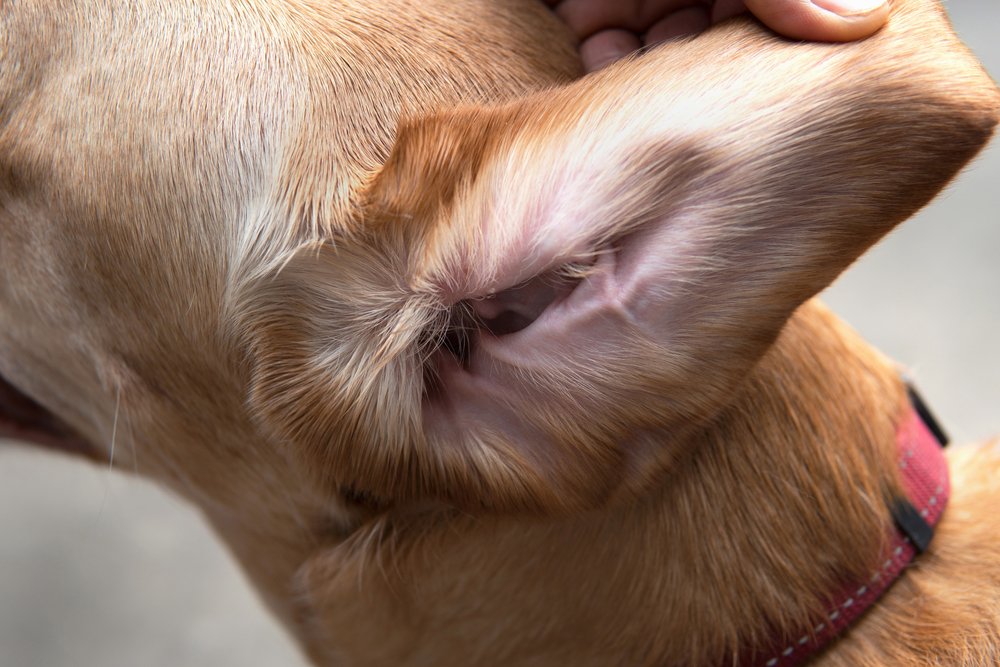Yeast infections in dogs’ ears are common and can cause discomfort if not addressed. Recognizing the signs early can help you take action before the infection worsens. Here’s how to spot and solve dog ear yeast infections:
Odor: A distinct, musty smell is a common indicator of a yeast infection.
Redness and Swelling: Infected ears often appear red or swollen, especially around the inner flap.
Discharge: Brown, yellow, or dark discharge can signal yeast overgrowth.
Head Shaking and Scratching: Dogs with yeast infections frequently shake their heads or scratch at their ears due to itching and discomfort.
Skin Changes: In severe cases, the skin in and around the ear may look thickened or crusty.
Causes of Dog Ear Yeast Infections
Allergies: Food or environmental allergies can create an ideal environment for yeast growth.
Moisture: Excess moisture in the ears, especially after swimming or bathing, encourages yeast to thrive.
Underlying Health Issues: Hormonal imbalances, weakened immunity, or skin issues may lead to recurring yeast infections.
Solutions and Treatment
Ear Cleaning: Use a vet-approved ear cleaner to gently clean your dog’s ears. Avoid using cotton swabs, which can push debris further in.
Medicated Drops: Your vet may prescribe antifungal drops to treat the yeast infection directly.
Dietary Adjustments: Switching to a low-carb, yeast-free diet can help, as yeast thrives on sugars.
Prevent Moisture Build-up: Dry your dog’s ears after swimming or baths, especially if they have floppy ears.
Probiotics and Supplements: Adding probiotics or omega-3 supplements can improve immune function, reducing yeast overgrowth.
Taking preventive steps, such as regular ear cleaning and addressing any underlying conditions, can help keep your dog’s ears healthy and free of infections.
When to See a Veterinarian
If the symptoms persist or worsen, or if there’s significant pain or swelling, it’s time to consult your vet. Untreated ear infections can lead to more serious ear issues and hearing loss.
Taking preventive steps, such as regular ear cleaning and addressing any underlying conditions, can help keep your dog’s ears healthy and free of infections.

